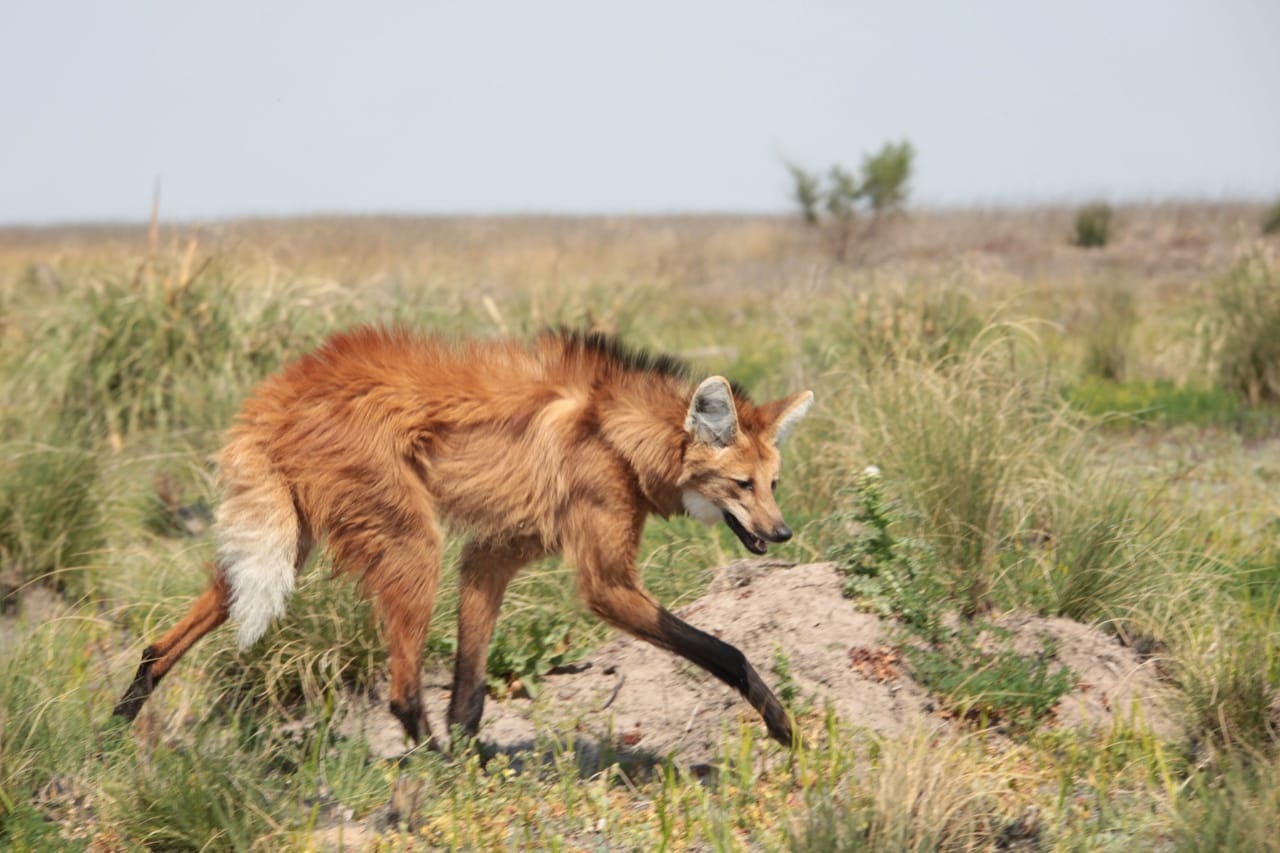A Greater Rhea, a species that is endangered, was run over and killed on Provincial Route 17, near Altos de Chipión, Córdoba, in the area of the Ansenuza National Park, causing outrage.
This incident has increased concerns about the impact of wildlife roadkills, and local residents have called for strong prevention measures to be implemented.
A Greater Rhea was run over and killed
This case adds to a long list of similar incidents that put various species at risk in this protected area.
Matías Carpinetto, the mayor of Ansenuza National Park, warned that roadkills are one of the main causes of mortality for local wildlife.
Provincial Route 17 has been identified as a critical point due to its role as a wildlife crossing. Five out of seven Greater Rhea deaths recorded in the entire region occurred there.
 Greater Rhea.[/caption>
Greater Rhea.[/caption>
Since 2021, different organizations, authorities, and volunteers have recorded over 500 roadkills on the road network surrounding Mar Chiquita Lagoon, including Provincial Routes 3, 1, 32, and rural roads.
Additionally, there was the recent death of a maned wolf, a species with a very small population that requires protection.
The cause of the incidents
Park authorities point out that the main cause of these incidents is the drivers’ irresponsibility in not respecting speed limits. Despite efforts to install road signs in 2024, additional measures are needed to reduce speed and protect wildlife, such as the installation of wildlife crossings and speed cameras.
Ansenuza region is renowned for its natural richness and biodiversity. Therefore, a call was made for drivers’ responsibility and for the relevant authorities to implement urgent and effective measures to protect native wildlife.
About Ansenuza National Park
Known as Mar de Ansenuza, it is part of a wetland of approximately one million hectares: the largest saltwater lake in South America and the fifth largest on the planet.
Together with the Bañados del Río Dulce, it hosts 66% of all species of migratory and shorebirds recorded in Argentina.
The emblematic species of birds that use Mar Chiquita Lagoon as their habitat stand out in the emblem of Ansenuza National Park.
Have you checked out our YouTube channel? Subscribe now!

